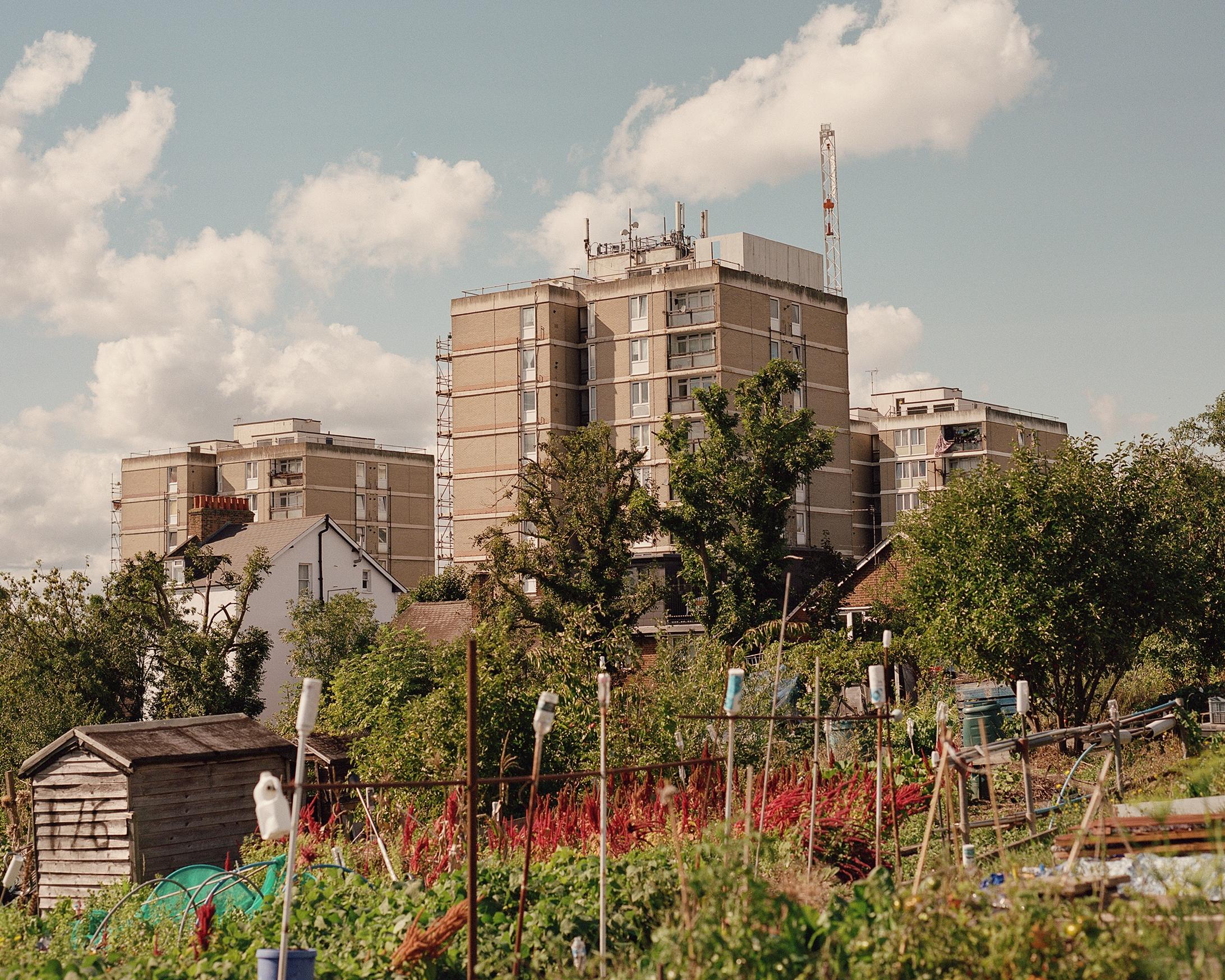
From community connection to community power
Communities and the organisations serving them can help prevent poverty spiralling, and reshape the systems around them, if we build their power and resilience.
To protect people from hardship, we need to be able to draw on all the resources available, including the energy and dedication of community and voluntary organisations (alongside the role of the state and local services). But too many of these organisations are trapped in responsive mode, tackling the urgent and acute needs before them, while battling to keep going with short-term and fragmented funding. With the right conditions in place more of their creativity could be put to preventing crises spiralling in the first place and reshaping the systems and services around them.
Our first blog and set of ideas explored how we understand hardship and the importance of strengthening social infrastructure where it is lacking – the places, spaces and organisations that enable people to come together and connect. But to effect greater social change, these social connections and networks need to be both sustained and converted into community power. How to build resilience and power are themes that connect our next 4 idea pieces.
Building resilience
National policy has a crucial role to play in supporting and strengthening community life. But Julian Dobson of CRESR alerts us to policy failures that have resulted in a lack of certainty and sustainability for community and voluntary organisations. It has locked them into seemingly unending rounds of competitive funding bids and a ‘stop and start’ brand of policy intervention. This gets in the way of attending to the priorities of their communities.
Instead, he argues for policy to build sustainable social infrastructure and back communities to take control. In an uncertain world, we need to build greater resilience in our most deprived neighbourhoods so they are supported by both the state and civil society to be better able to withstand economic and social shocks.
Long-term, patient and targeted funding are all part of this, as we explored in the first idea piece. Another key part of this positive alternative is community ownership, as several of our authors explore. In the right circumstances, ownership can lead to voluntary and community sector organisations being less reliant on the vagaries of public, private or charitable funding. Ownership also gives communities the means to generate income and retain wealth in neighbourhoods for the benefit of local people – including the prevention and relief of hardship.
Successfully gaining ownership of a building or community space can prove transformational. Adam Hawksbee of Onward in his piece argues that it fosters long-term resilience and ensures buildings are used in ways that meet the priorities and needs of a community. He also argues for new developments to be required to include specific spaces for community use.
To enable greater community ownership, Adam argues for proactively updating local lists of ‘Assets of Community Value’ and accelerating the transfer of buildings in good condition from councils to community control. He also argues for areas with weaker social infrastructure that might struggle to take on assets to be targeted for support. Ed Wallis of Locality concurs but goes further, arguing we need to join up the dots and hardwire community ownership with a National Community Ownership Strategy. This would be tasked with coordinating the intentional development of community ownership opportunities across policy areas, including energy, local government, housing and health.
Community businesses also have a role to play in building resilience and retaining wealth in communities according to Josh Westerling, of Power to Change. He makes the case for backing community businesses, who are able to breathe life back into local high streets because they are locally rooted, trading and reinvesting profits back into the community. He argues for the creation of a High Street Buyout Fund to push this agenda further, and closing tax loopholes that benefit bigger landlords to fund business rate reliefs for community businesses.
Shaping services to meet neighbourhood need
Social connections and community networks can ignite the fuse of personal and collective agency. As nurturing relationships build stronger bonds of trust, people feel able to do something about their situation and help others to do the same. These relationships enable community and voluntary organisations to reach people that the state cannot, giving them insight into what is needed to tackle hardship in their neighbourhoods.
But too often these insights are not centred when it comes to the design and delivery of services to meet local need. To convert networks into community power and effect social change on a larger scale, requires allies in positions of power and a shift in culture, so people with lived experience, and those who support them, are helping set agendas, and reshaping services and systems.
To get there quicker, several of our authors call for a Community Power Act to bolster the rights of local communities. Ed Wallis and members of the We’re Right Here campaign, make a powerful case for an Act to include new rights that extend real control over local spaces, services and spending.
A culture shift
Across our ideas series there is overwhelming consensus that there needs to be a fundamental culture shift to enable greater collaboration between communities and the state. For Julian Dobson and Ed Wallis this requires a more equitable partnership between the local state and neighbourhoods, with power-sharing agreements and devolution of authority. This is a missing piece in our current debate about devolution in England, which is primarily concerned with devolution from the centre to city-regions and counties.
Whatever the governance arrangements, one thing that is for sure is we need to back the energy, determination and hope that exists in communities, and meet it with consistent, committed and patient support. How to shift the role of the state will be the central theme of our final group of ideas in this series.
Explore the ideas pieces in full:
Reflections on 30 years of neighbourhood interventions by Julian Dobson
Community businesses tackling hardship by Josh Westerling
Buildings give communities space for a better future by Adam Hawksbee
Policy can support solutions from the ground up by Ed Wallis
Acknowledgements
We would like to thank Tom Clark for using his editorial expertise to shape these essays.

This idea is part of the neighbourhoods and communities topic.
Find out more about our work in this area.

